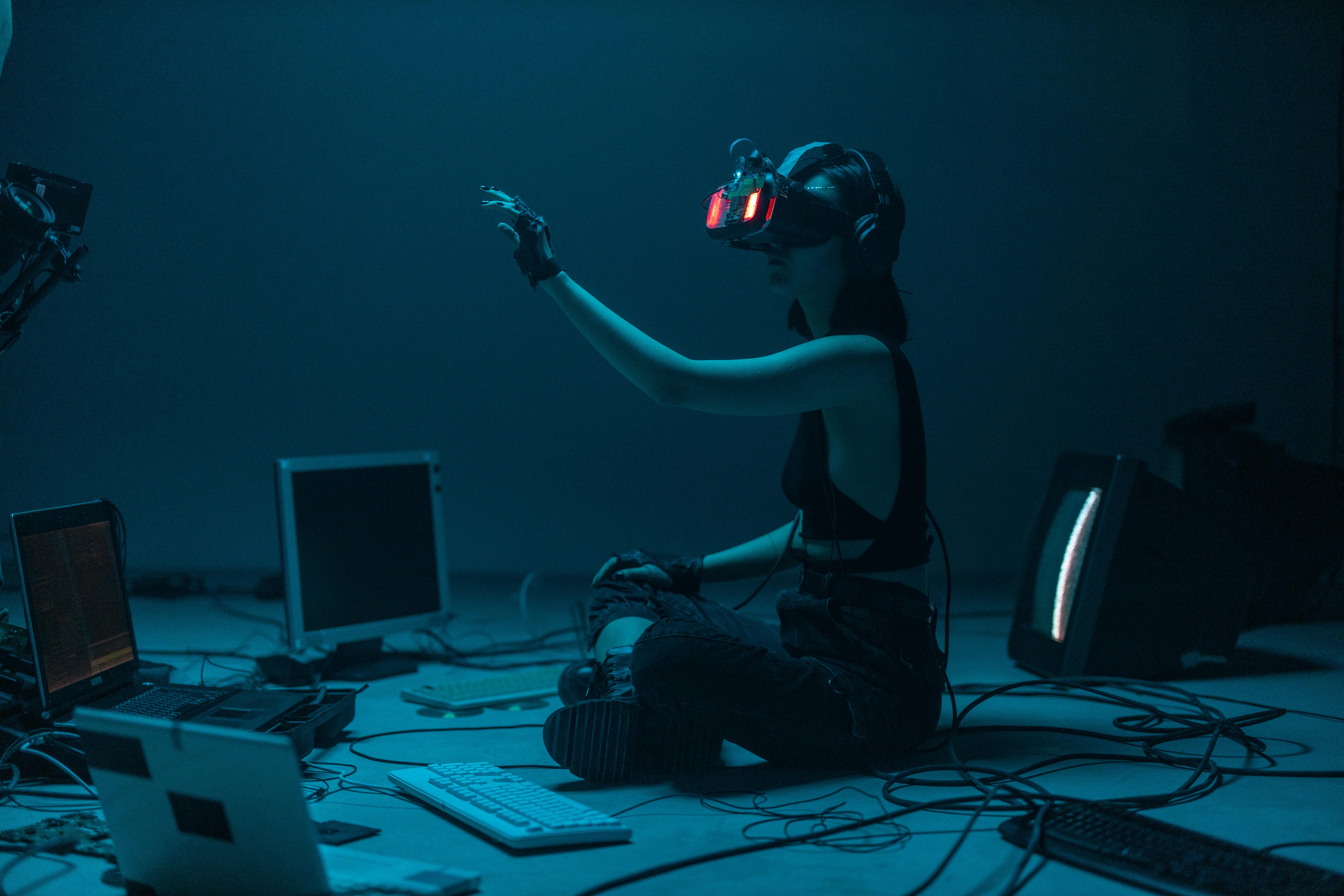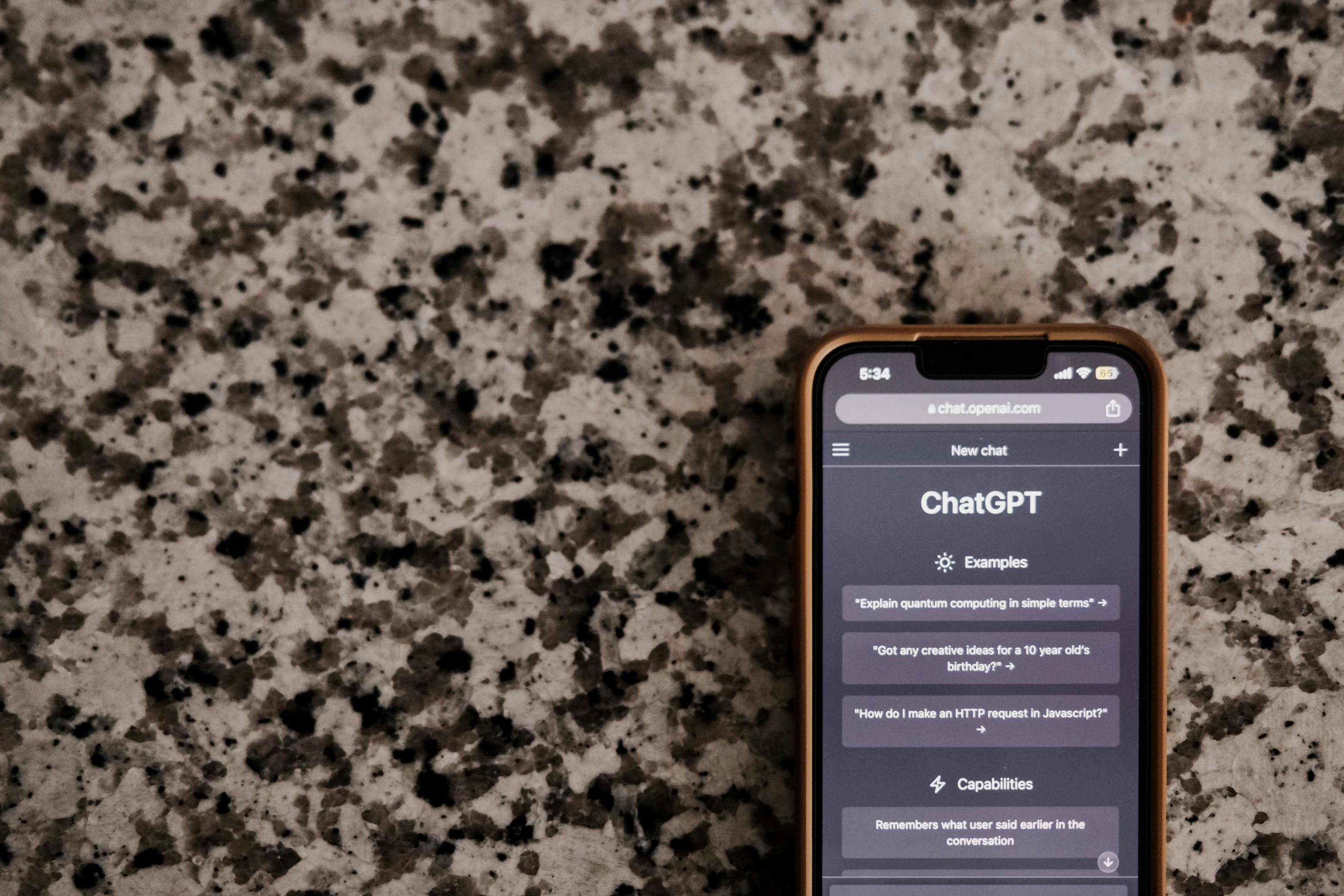Distinguishing Between Human and AI-Generated Text: A Comprehensive Guide

In the digital age, Artificial Intelligence’s (AI) impact has been undeniably transformative across a multitude of industries. One such instance is the generation of text by AI, presenting unlimited potential for businesses and individuals alike. Today, AI is being leveraged extensively to generate creative pieces, influencer tweets, marketing content, etc. As we embrace this futuristic technology, it is worth exploring how AI crafts these texts and how to identify computer-created narratives.
The Quintessence of AI-Generated Text
Predominantly, AI operates on a vast array of algorithms. For text generation, a model known as GPT-3 (Generative Pretrained Transformer 3) surface as the crux. Developed by OpenAI, its design is engineered to predict the probability of a word given its previous words in a line. In essence, you feed the model with a series of words, and it learns to understand the context and provide a plausible continuation.
The strength of GPT-3 lies in massive contextual understanding and versatility. It can churn poetry, write business reports, and even create persuasive speeches, making it a potent tool for various occupations and applications.
Distinguishing AI and Human Texts
Court is out on the question, 'Can AI-generated texts pass the Turing Test?' While computer-written texts are remarkably good, they are not errors-proof nor imperfections-free. Spotting these differences proves invaluable in differentiating between human and AI-generated texts. In AI-written pieces, inconsistencies in discussions, non-sequiturs, and lack of deep understanding are common. Furthermore, AI may create extravagant scenarios and opt for overly complex diction, leading to uncommon expressions or phrases.
Deciphering AI Generated Text: A Walk-through
There are a few clear signs indicative of text generated by AI. The first being verbosity. AI models like GPT-3 are known to be verbose, using more words than needed and including redundant phrases. In comparison, human writing is generally more concise.
Secondly, there is a tendency for AI to drift off-topic. While humans have the prowess of maintaining a consistent train of thought, machines might struggle with it, sliding into unrelated tangents over the text's length.
Lastly, AI often exhibits a lack of personal experience or anecdotes, seemingly more 'objective'. Unlike humans who often include personal experiences or opinions in their writing, AI-generated texts lack this subjective touch.
A Future Enhanced by AI Text Generation
As we stand at the brink of a digital revolution, AI's prowess in generating human-like text signals the dawn of a new chapter, transforming industries far and wide. Despite the potential glitches, AI text generation could revolutionize content creation, social media management, customer service, and even literature. As AI grows more sophisticated, the line between human-generated and AI-generated text will only blur further. However, enhancing our ability to distinguish between the two remains pivotal to ensure the authenticity and integrity of information circulating in our digital world.



